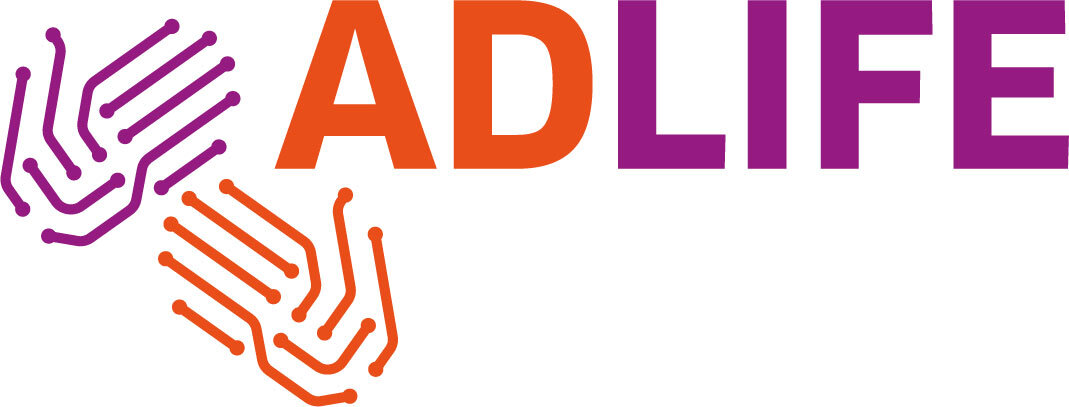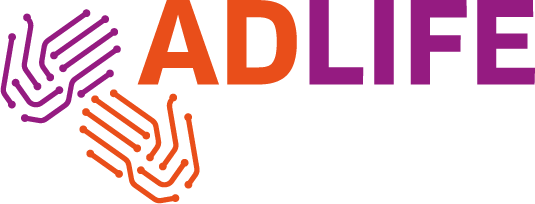Shared Decision Making with Patients
Shared Decision Making with patients
“No decision about me, without me”
What is Shared Decision Making?
Shared Decision Making is a particular way of structuring a conversation with a patient to ensure the patient is well informed and that his/her preferences are taken into account when making decisions regarding their illness and treatment.
Shared Decision Making is the meeting between two different worlds: The patient’s and the healthcare professionals’. The patient informs about his/her life, values, and experiences with illness and treatment, and the healthcare professional informs the patient about treatment options.
Shared Decision Making is defined as:
”An approach where clinicians and patients share the best available evidence when faced with the task of making decisions, and where patients are supported to consider options, to achieve informed preferences”
Glyn Elwyn
When and why is Shared Decision Making appropriate to use in clinical practice?
Shared Decision Making is appropriate to use when there is a real choice to make (more than one option). Furthermore, there must be a competent understanding about what the various options encompass for the patient to be informed and meaningfully involved in making a decision.
Studies have shown that patients want to be involved in decisions about their illness and treatment, because the decision often affects their quality of life. In a large Danish study, participants were asked to imagine themselves in a number of specific situations where treatment decisions need to be made. For each of these situations, they were asked to assess whom they would like to make the decisions: The doctor, themselves or the patient and the doctor together. The answers paint a unique picture:
Most people prefer that decisions be made together with the doctor. The only exception is in acute situations, where action must be taken quickly. 67 percent of the participants prefer that the doctor make the decision in such situations.
How do we perform Shared Decision Making?
In order to create the best conditions for a decision to be made together, as a shared decision, it is necessary that the conversation is structured from the beginning. For that purpose, Glyn Elwyn created the "Three-talk model", which starts with a "Choice talk" followed by an "Opportunity talk" and ends with a "Decision talk".
In the Center for Shared Decision Making in Denmark, a "Preference Talk" is added to Elwyn's model to really focus on the patients’ preferences.
ADLIFE Webinar: Shared Decision Making
In order to spread the knowledge about Shared Decision Making among partners in the ADLIFE project, a webinar will be hosted by OUH. Please note that the webinar will be delivered in two parts run over two dates.
The dates for the webinar are 21st September, and 9th November 2020.
The learning objectives of the webinar are:
Fundamental theory of Shared Decision Making and how to use it in clinical practice
Knowledge of the three-talk model: Team talk - Option talk - Decision talk and useful tools for structuring the conversation
Opportunity to try to practice the conversation technique in your own setting.
Natassia Kamilla Juul, Clinical Nursing Specialist, MSc.
Anne Dichmann Sorknæs, Research nurse, Associated prof.
Internal Medicine & Emergency Department M/FAMOUH, Svendborg Hospital





